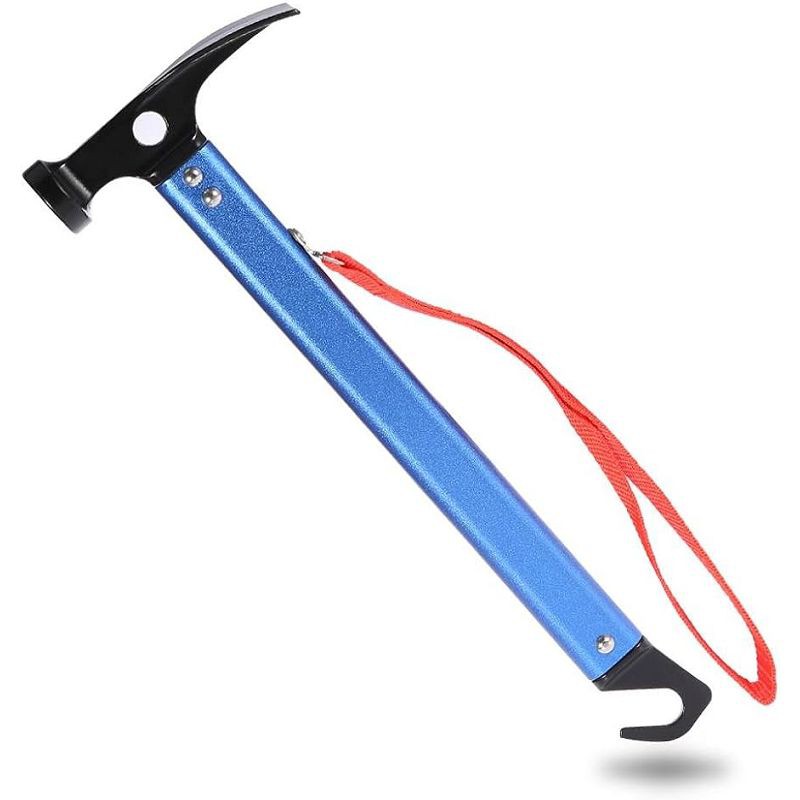What are the items for treating sprains in a trail survival kit?
Hey there, fellow adventurers! As a supplier of Trail Survival Kits, I've seen it all when it comes to the unexpected twists and turns of the great outdoors. One of the most common injuries out on the trails is a sprain. Whether it's a rolled ankle on a rocky path or a twisted wrist from a sudden fall, sprains can really put a damper on your outdoor fun. That's why it's crucial to have the right items in your trail survival kit to treat sprains effectively. In this blog, I'll share with you the essential items you should include in your kit for treating sprains.
Ice Packs
First up, ice packs are a must-have for treating sprains. When you sprain a joint, the blood vessels around the area rupture, causing swelling and inflammation. Applying ice to the affected area as soon as possible can help reduce swelling, numb the pain, and slow down the bleeding. Reusable ice packs are a great option for trail survival kits because they're lightweight, easy to carry, and can be used multiple times. You can find them in various sizes and shapes, so choose one that's suitable for the joints you're most likely to sprain, like ankles or wrists.
Compression Bandages
Compression bandages are another essential item for treating sprains. They help reduce swelling by applying pressure to the affected area, which limits the amount of fluid that can accumulate. When wrapping a sprained joint with a compression bandage, make sure it's snug but not too tight. You should still be able to wiggle your fingers or toes, and the bandage shouldn't cause any numbness or tingling. Elastic bandages are commonly used for this purpose, and they come in different widths. A 2 - 3 inch wide bandage is usually good for most sprains.
Pain Relievers
Pain is a common symptom of sprains, and over - the - counter pain relievers can be a real lifesaver in the wilderness. Non - steroidal anti - inflammatory drugs (NSAIDs) like ibuprofen or aspirin can help reduce pain and inflammation. Just make sure you're not allergic to these medications before taking them. It's also a good idea to check the expiration date regularly and replace them if they've expired.
Splints
In some cases, a sprain can be severe enough that the joint needs to be immobilized to prevent further damage. That's where splints come in handy. You can make an improvised splint using items like sticks and Stickiest Duct Tape. The stickiest duct tape is strong enough to hold the splint in place securely. However, if you want a more professional option, you can include a pre - made splint in your kit. There are lightweight and compact splints available that are designed specifically for trail use.
First Aid Guide
Even if you think you know how to treat a sprain, it's always a good idea to have a first aid guide in your survival kit. A first aid guide can provide detailed instructions on how to assess the severity of a sprain, how to apply ice and compression bandages correctly, and when it's time to seek professional medical help. It can also offer advice on other common trail injuries and emergencies.
Tweezers and Antiseptic Wipes
If the sprain is accompanied by a scrape or cut, you'll need tweezers to remove any debris from the wound and antiseptic wipes to clean it. This helps prevent infection, which can complicate the healing process. Make sure the tweezers have a fine tip for easy removal of small particles.


Extra Items for Comfort
While not strictly necessary for treating the sprain itself, some extra items can make the injured person more comfortable during the recovery process. A small pillow or cushion can be used to elevate the sprained limb, which helps reduce swelling. You can also include a lightweight blanket to keep the person warm, especially if they're in shock due to the pain.
Other Useful Tools in the Kit
Apart from the sprain - treating items, there are other tools in our Trail Survival Kit that can be useful in various situations. For example, the Camping Peg Hammer can be used for setting up tents, but it can also be used to gently tap a splint into place if needed. And the Portable Camping Handsaw can be used to cut branches for making improvised splints.
In conclusion, having the right items in your trail survival kit for treating sprains can make a big difference in how quickly and effectively you can handle this common trail injury. As a supplier of Trail Survival Kits, I'm committed to providing high - quality products that meet the needs of adventurers like you. If you're interested in purchasing a customized Trail Survival Kit or have any questions about our products, don't hesitate to reach out. We're here to help you stay prepared for whatever the trails throw your way.
References
- American Red Cross. First Aid and CPR/AED Participant's Manual.
- Mayo Clinic. "Sprains and Strains." Mayo Clinic website.
